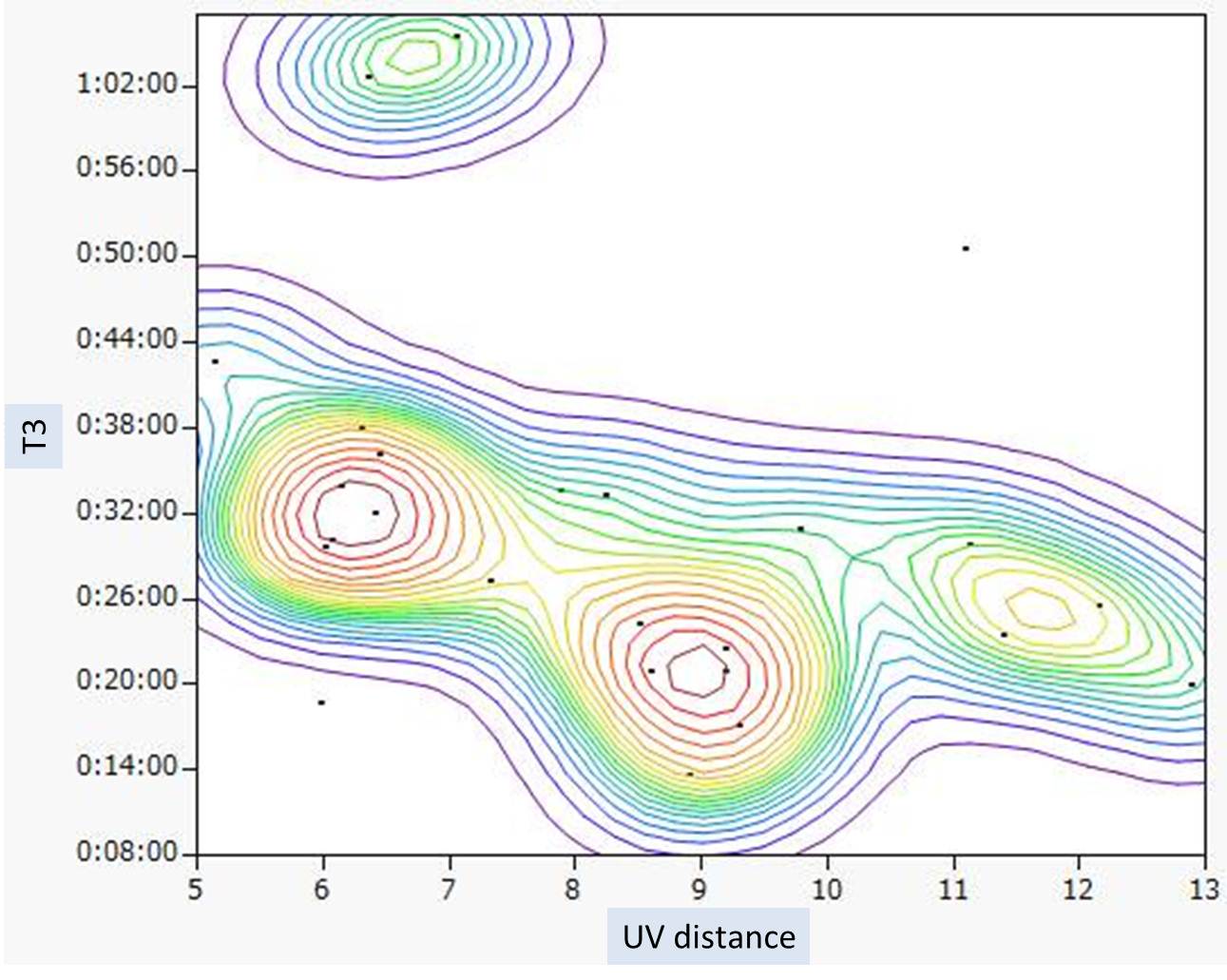Atsushi Hamabe, MD, Ichiro Takemasa, MD, PhD, Mamoru Uemura, MD, PhD, Naotsugu Haraguchi, MD, PhD, Junichi Nishimura, MD, PhD, Taishi Hata, MD, PhD, Tsunekazu Mizushima, MD, PhD, Hirofumi Yamamoto, MD, PhD, Yuichiro Doki, MD, PhD, Masaki Mori, MD, PhD
Osaka University, Graduate School of Medicine, Department of Gastroenterological Surgery, Osaka, Japan
INTRODUCTION: In single-port laparoscopic surgery (SPLS) for right-sided colon cancer resection, we encounter intraoperative difficulties in some cases. We aimed to estimate the technical difficulty of SPLS for right-sided colon cancer with D3 lymphadenectomy.
METHODS AND PROCEDURES: We analyzed the operative difficulty based on a time-motion study. From Jun, 2009 to Sep, 2011, we performed SPLS on 55 cases of cecum or ascending colon cancers. In this study, we included 21 cases with D3 lymphadenectomy that were operated on by a single surgeon by a retroperitoneal approach, which is the standard procedure in our institution. We subdivided the operative time from the start of surgery to the end of D3 lymphadenectomy into three sections by analyzing videos of the operation: Time to set up the operative field (T1), time to mobilize the right-sided colon (T2), and time to complete D3 lymphadenectomy (T3). We statistically analyzed the correlation between each time section (T1, T2, and T3) and the following factors: Patient characteristics (age, sex, and BMI), tumor characteristics (tumor location [C or A], size, T and N factor), and anatomical measurements (the distance between umbilicus and the origin of the ileocolic vein [UV distance], the angle formed between umbilicus-the origin of ileocolic vein-IMV [α], anteroposterior relation between ileocecal artery and vein).
RESULTS: The lengths of each of the time sections were T13.3 ± 1.9 min, T2 28.8 ± 9.0 min, and T3 29.6 ± 13.1 min, showing that T3 was the longest section and had the largest variability. T1 and T2 did not correlate with any factors. T3 negatively correlated with the UV distance with statistical significance (Spearman rank-correlation coefficient = -0.6364, P=0.0019). A scatter plot of all the analyzed cases showed that the length of T3 was the shortest in cases with 9 cm UV distance, and adversely got slightly longer with more than 10 cm UV distance (Figure). In order to investigate the factors affecting the length of T3, we measured the number of cutting actions of the energy device and the number of retracting laparoscope movements used for cleaning up the scope lens. As a result, T3 got longer as the number of cuts increased (p=0.0304), but there was no statistically significant correlation between T3 and the number of retracting laparoscope movements.
CONCLUSION: D3 lymphadenectomy is the key section involved in the progression of SPLS for right-sided colon cancer, and it is expected to be performed most easily in cases with 9cm UV distance. Preoperative prediction of the technical difficulty in SPLS for right-sided colon cancer may contribute to proper judgment of the operative procedure.
Session: Poster Presentation
Program Number: P484

